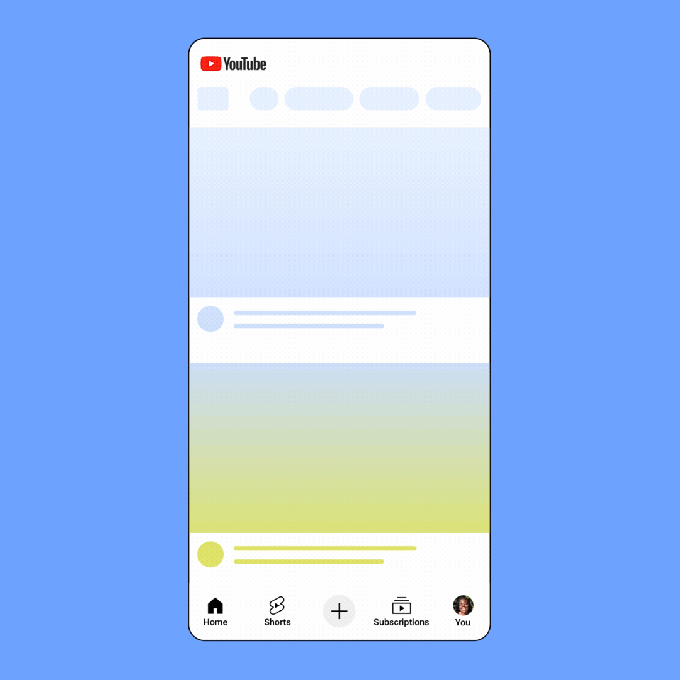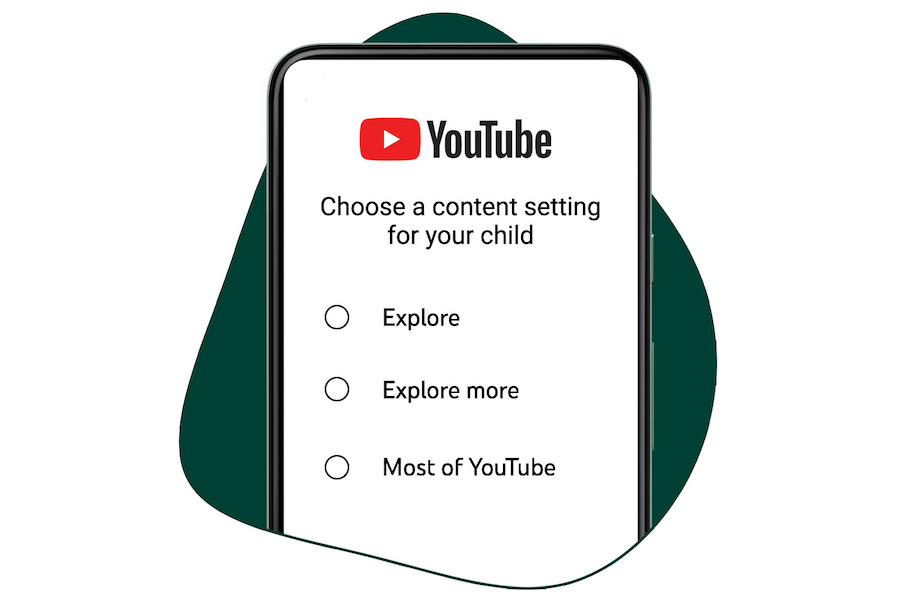In a move to give parents more control over their teenagers’ online experiences, YouTube has announced a new feature that allows parents to link their accounts to their teens’ accounts. This linkage offers parents insights into their teens’ activities on the video-sharing platform, further enhancing YouTube’s suite of existing parental controls.
Once linked, parents will receive notifications about their teens’ channel activities, such as uploads, subscriptions, and comments, but not the actual content. They will also get email alerts for specific events like new uploads or live streams.
YouTube has emphasized that this new feature will not impact the platform’s algorithm or what content is shown to the teens. The recommendation system will continue to personalize content based on individual user preferences.Additionally, parents cannot use this feature to verify their teen’s age with YouTube, which will rely on the age provided by the teen during account registration.
However, parents will be able to receive notifications for new uploads across YouTube and YouTube Shorts, including private or unlisted videos. They’ll also be informed if any changes are made to video privacy settings.
This update is an extension of the parental controls that YouTube introduced back in 2021, which allowed parents to experiment with supervised accounts for children under the age of consent for online services. The company had indicated at that time its intention to broaden these features to encompass older age groups in the future.
The introduction of supervised experiences on various social media platforms reflects an industry-wide effort to proactively address or adapt to upcoming regulations and laws concerning the use of their services by minors.

Similar parental control features, which involve linking supervised accounts to parents, have also been rolled out by other prominent social media platforms, including TikTok, Snapchat, Instagram, and Facebook.
Although YouTube is not traditionally perceived as a social media platform in the same vein as Facebook or Instagram, it undeniably offers a social experience. Features such as user profiles, following creators, commenting, and access to algorithmically driven entertainment content all contribute to a social environment.





